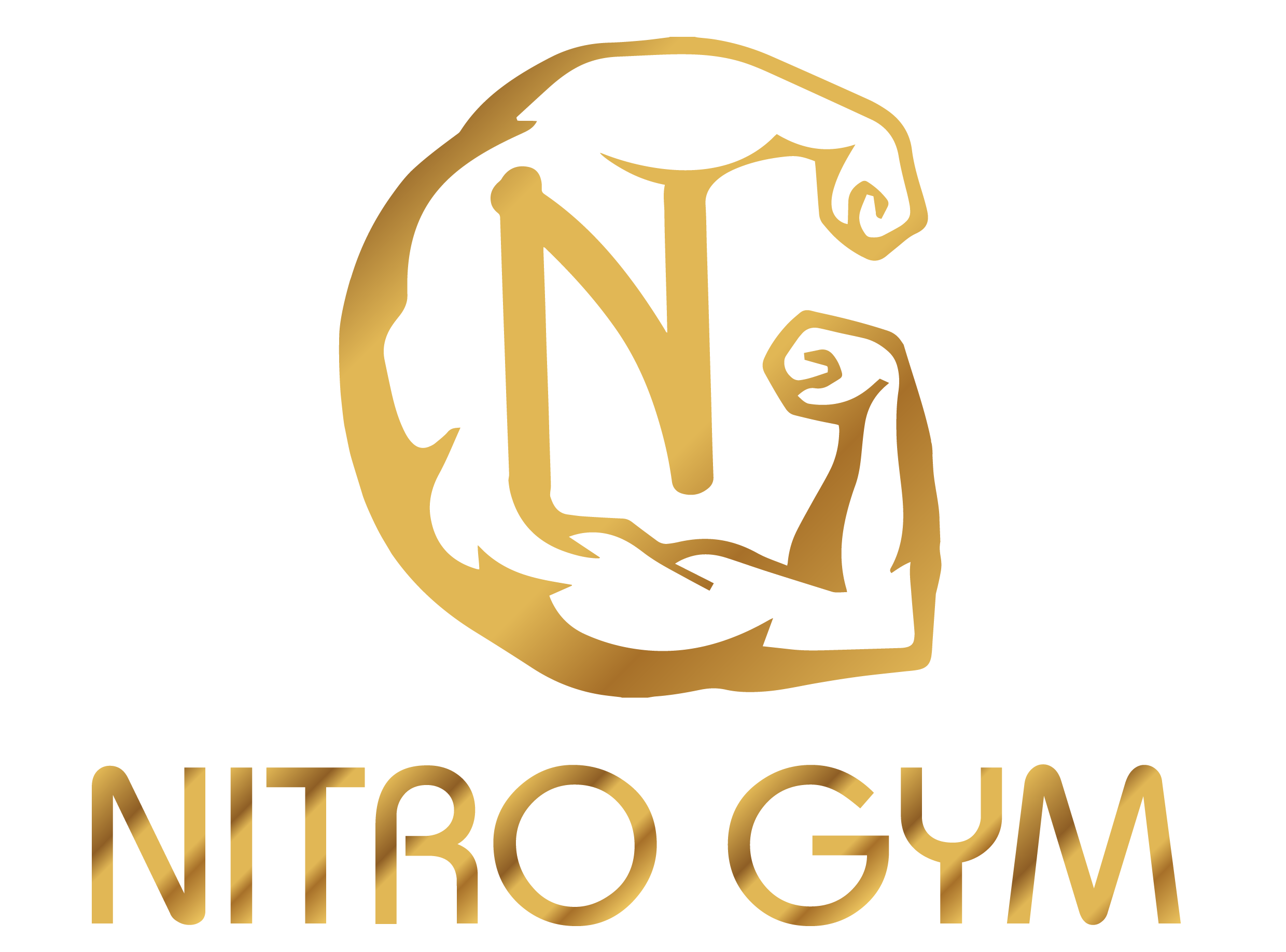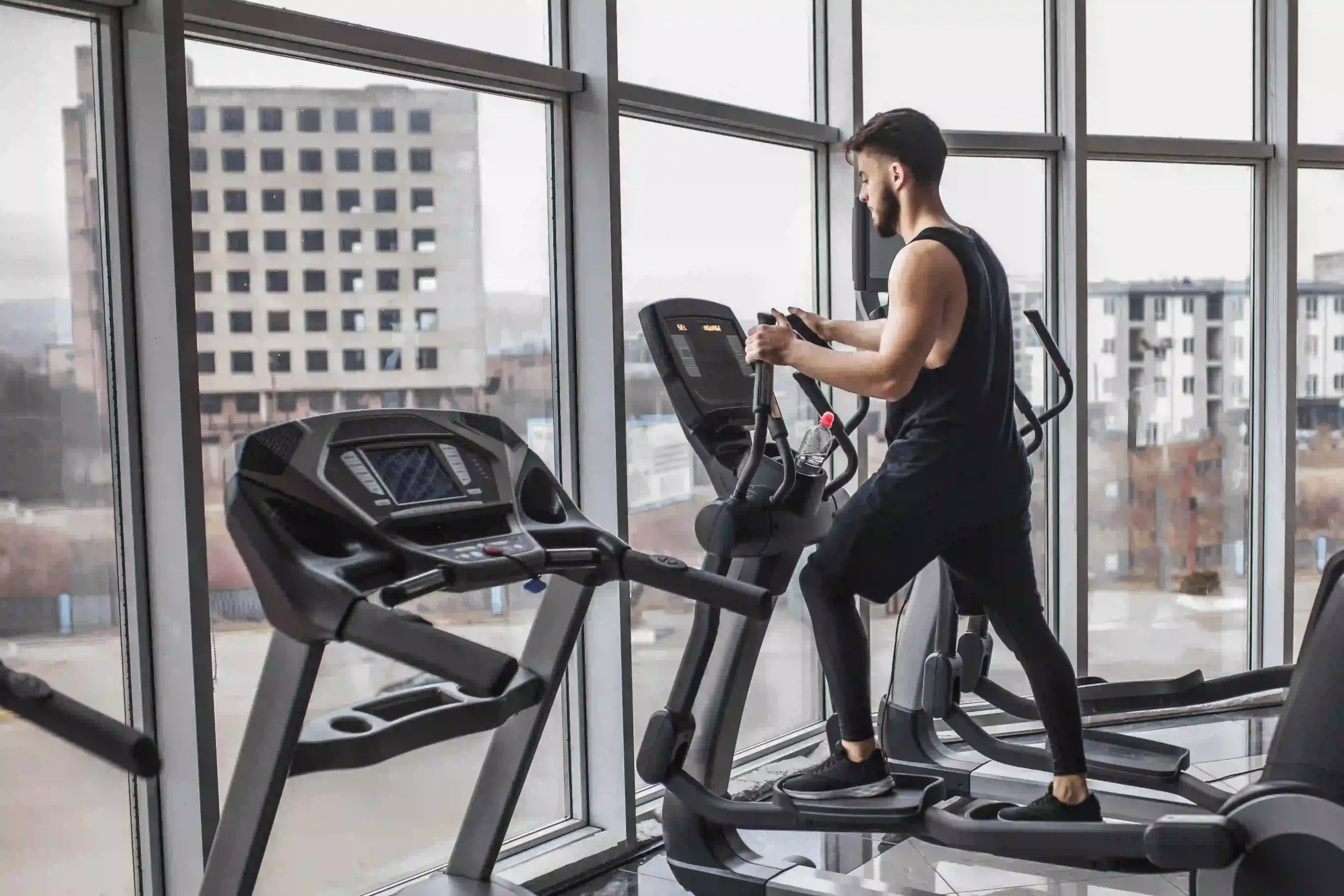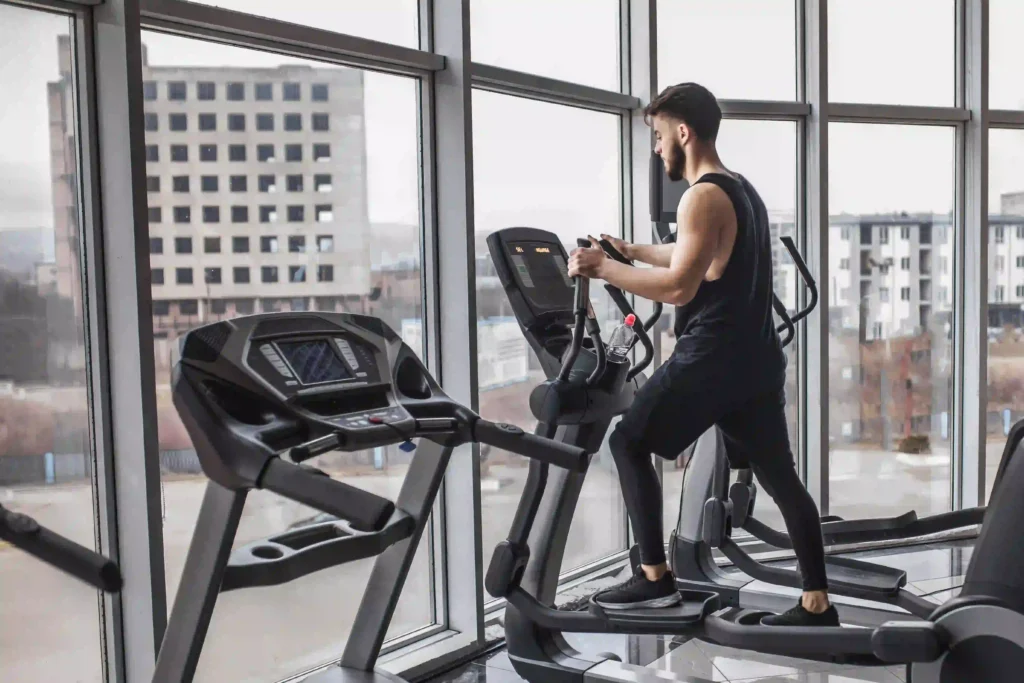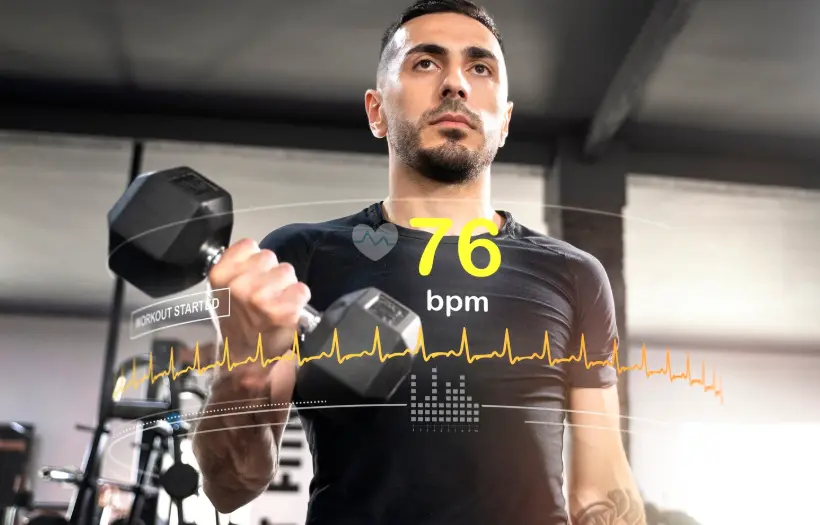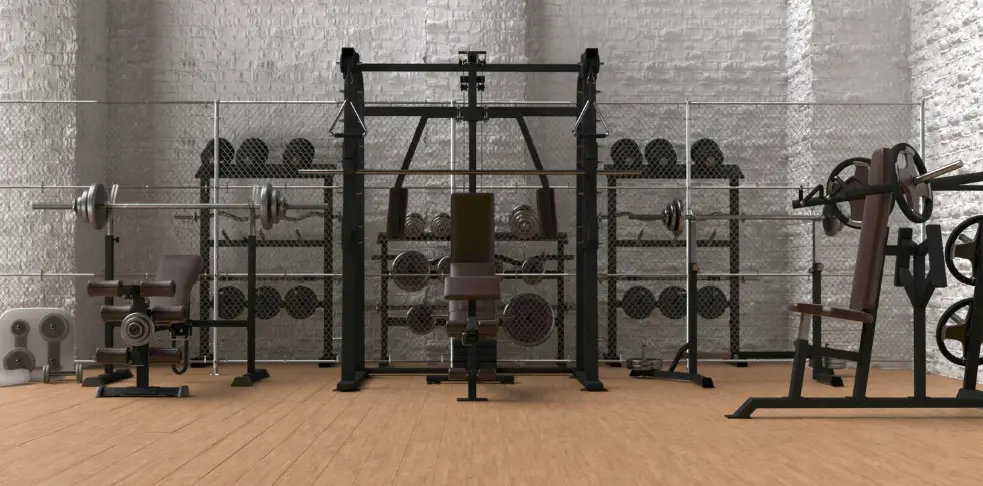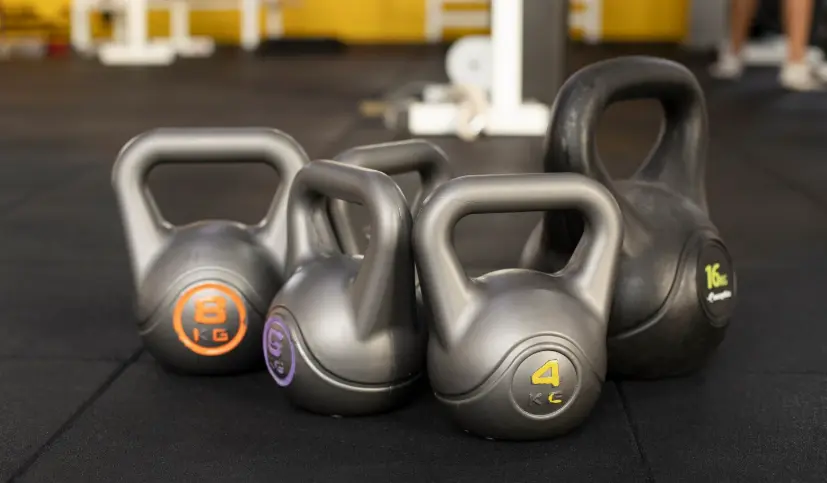The Non-Negotiables: Why Proper Warm-ups Prevent Gym Injuries
Too many gym-goers skip the warm-up, treating it as an optional step before diving into heavy lifts. However, this preparatory ritual is not just a suggestion; it is a critical, non-negotiable step to prevent gym injuries. A strategic warm-up prepares your body at a cellular level for the stress of training, making it the most important investment in your long-term health and performance.
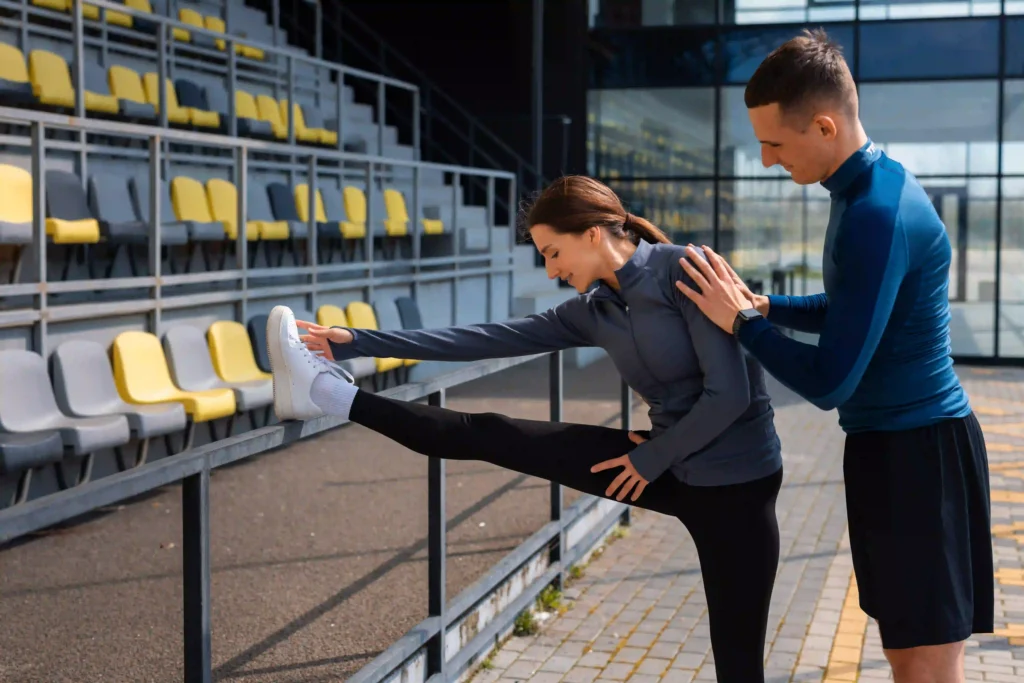
The Physiological Science of Warming Up
A proper warm-up works by triggering a series of beneficial physiological responses that drastically reduce the risk of injury. The primary goal is to elevate your core body temperature, which increases the elasticity and pliability of muscles and tendons, making them less prone to tears.
This elevated temperature also improves nerve impulse speed, which enhances the communication between your brain and muscles, leading to better coordination and helping to prevent gym injuries during complex movements.
Blood Flow and Oxygen Delivery
One of the most essential functions of a warm-up is increasing localized blood flow to the working muscles. As blood flow increases, so does the rate of oxygen and nutrient delivery to the muscle tissues. This improved circulation primes the muscles for sustained effort and rapid force generation. By enhancing metabolic efficiency before the workout begins, you not only improve performance but fundamentally prepare the tissue to withstand load, which is key to effectively reducing the chance to prevent gym injuries.
Components of an Effective Warm-up Routine
A truly effective warm-up must transition your body from a resting state to an active state, avoiding static stretching before resistance training. A scientifically sound routine should consist of two main phases that together help to prevent gym injuries and boost performance.
- General Warm-up:
- 3–5 minutes of light cardio (e.g., walking, cycling, rowing) to raise heart rate.
- Focus on large muscle groups to elevate core temperature.
- Specific Dynamic Warm-up:
- Targets the specific muscle groups and movement patterns of the main workout.
- Includes dynamic stretching and mobility drills (e.g., arm circles, leg swings, hip hinges).
- Incorporate light weights or resistance bands for the first few sets to reinforce proper movement patterns and prevent gym injuries.
Nitro Gym: Expert Coaching to Prevent Gym Injuries
At Nitro Gym, we consider safety and longevity paramount. Our dedication to helping you prevent gym injuries is integrated into every training program at our Al Barsha and Silicon Oasis locations. Our Expert Trainers don’t just instruct on exercises; they educate on the science behind effective warm-ups and cool-downs. We ensure your routine includes personalized dynamic stretching and mobility drills tailored to your workout plan, guaranteeing you are primed for every session. Nitro Gym provides the expertise and supportive environment needed to train hard while staying safe.
FAQs on Injury Prevention
- Is static stretching before lifting bad?
Yes. Holding stretches for long periods before strength training can temporarily decrease muscle power and force output, potentially increasing the risk of injury during heavy lifts. - How long should my warm-up last?
A comprehensive warm-up should last between 5 and 10 minutes, depending on the intensity of the upcoming workout. - Can a cool-down also prevent gym injuries?
Yes. A proper cool-down gradually lowers your heart rate, helps remove metabolic waste, and can reduce muscle soreness, which helps prevent gym injuries in the long run. - What is the difference between dynamic and static stretching?
Dynamic stretching involves movement (e.g., lunges, leg swings) and should be done before lifting; static stretching involves holding a position and should be done after lifting. - Does warming up prevent joint pain?
It helps significantly. Warming up lubricates your joints by increasing the production of synovial fluid, improving joint mobility and helping to prevent gym injuries related to stiff joints.
Conclusion
A proper warm-up is the ultimate form of preventative maintenance for your body, essential to prevent gym injuries and unlock peak performance. Never compromise on this vital pre-workout step. Invest 5-10 minutes now to protect your health and ensure you can train effectively for years to come.
